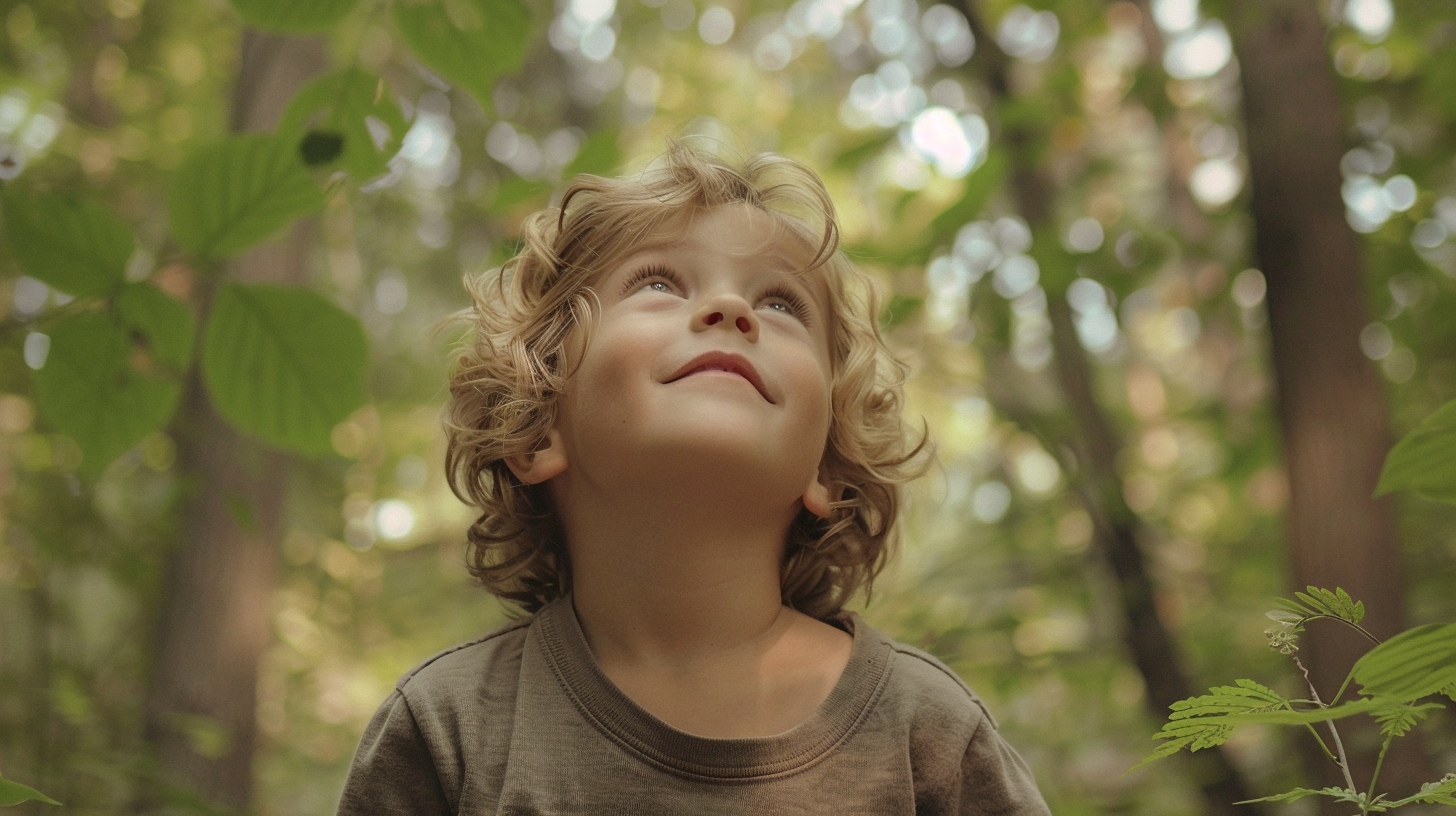- Encourage Exploration: Spark your child’s sense of wonder by immersing them in nature and allowing them to discover its mysteries firsthand.
- Embrace Curiosity: Encourage your child to ask questions, explore their interests, and engage in hands-on activities that ignite their imagination.
- Share Moments of Awe: Create opportunities for your child to witness awe-inspiring events, whether it’s stargazing, visiting a museum, or watching a science experiment unfold.
- Be a Role Model: Show your child the joy of discovery by expressing your own amazement at the world around you.
By cultivating awe and wonder in children, you are laying the foundation for a lifetime of curiosity, learning, and appreciation for the beauty of the world. Let’s unlock the magic of awe and wonder together!
Cultivating A Sense of Awe and Wonder in Children
During the last two decades, researchers have shed light on the positive effects of awe-inducing experiences on individuals. Awe, characterized by amazement and transcendence in response to something vast, plays a significant role in shaping a child’s worldview and development. Cultivating a sense of awe and wonder in children can lead to numerous benefits, including enhanced curiosity, improved learning, and a deeper connection to the world around them. Let’s explore how awe can positively impact children’s cognitive, emotional, and social growth.
Understanding Awe and Wonder
Awe is a complex emotion that can shift children’s attention away from themselves and towards their surroundings. This outward focus fosters a sense of interconnectedness and reduces excessive self-centeredness, leading to kinder and more empathetic individuals. Wonder, closely linked to awe, inspires curiosity and a desire to understand the mysteries of the world, driving children to explore and learn.
Research Insights
Studies by experts like Dacher Keltner emphasize the importance of exposing children to awe-inducing experiences. Such experiences promote creativity, expand children’s minds, and encourage a love for learning. Richard Louv’s concept of ‘nature deficit disorder’ highlights the profound impact of early encounters with nature on a child’s development.
Practical Ways to Cultivate Awe and Wonder
- Be a Role Model: Demonstrate joy, curiosity, and amazement in exploring the world.
- Engage in Play: Immerse yourself in creative and fun activities with children.
- Connect with Nature: Spend time outdoors, observe natural phenomena, and engage in close encounters with wildlife.
- Encourage Curiosity: Support children’s exploration and experimentation, and provide opportunities for adventure and discovery.
- Use Wonder-Inspiring Resources: Expose children to books, movies, and performances that evoke a sense of wonder.
- Initiate Rituals: Create family traditions that celebrate beauty, stillness, and the magic of everyday wonders.
Fostering Awe in Everyday Life
By incorporating awe-inducing experiences into children’s daily routines, parents and caregivers can help them develop a deep appreciation for the mysteries of the world. From exploring nature to embracing curiosity-driven adventures and sharing awe-inspiring stories, there are countless ways to nurture a child’s sense of wonder.
Embracing the Magic of Awe and Wonder
Creating an environment that invites awe to naturally occur can spark a lifelong curiosity and appreciation for the world’s wonders. As Albert Einstein once remarked, maintaining a childlike curiosity allows individuals to stand in awe before the great mysteries of life. Let us guide our children towards a future filled with wonder, exploration, and endless possibilities.

| Key Points | Details |
|---|---|
| Definition of Awe | Awe is a feeling of amazement and transcendence in response to something vast or challenging our understanding of the world. |
| Importance of Awe in Children | Cultivating awe in children fosters interconnectedness, reduces self-focus, promotes curiosity, encourages learning, and stimulates creativity. |
| Advocacy for Nature and Awe | Experts like Dacher Keltner, Rachel Carson, and Richard Louv emphasize the importance of nature and awe-inducing experiences in childhood development. |
| Effects of Modern World on Awe | In today’s world, factors like reduced time in nature and increased exposure to technology may limit children’s opportunities to experience awe, potentially affecting their cognitive and emotional development. |
| Ways to Cultivate Awe in Children | Adults can model awe and wonder, engage in nature-related activities, provide opportunities for curiosity-driven adventures, use wonder-inspiring resources, initiate rituals, and encourage slowing down to help children experience awe. |
| Introduction to Bioluminescent Wonders | Bioluminescent wonders like fireflies and nature’s marvels can be fascinating experiences that evoke awe in children and adults alike. |



